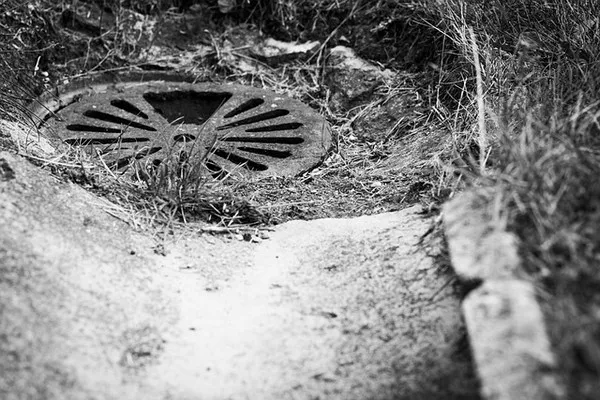Water is a precious resource, essential for all life forms on Earth. However, as the global population grows and urbanization increases, so does the generation of sewage and wastewater. Improper management of sewage poses a significant threat to water quality, leading to detrimental effects on aquatic ecosystems and human health. This article examines how sewage affects water quality and discusses potential solutions to address this critical environmental issue.
Sewage and Its Composition
Sewage is the mixture of domestic, industrial, and commercial wastewaters, primarily composed of organic and inorganic substances. These contaminants include human waste, detergents, oils, heavy metals, pathogens, and nutrients such as nitrogen and phosphorus. When discharged into water bodies without proper treatment, sewage can cause a cascade of ecological and health problems.
Nutrient Enrichment and Eutrophication
One of the most significant impacts of sewage on water quality is nutrient enrichment, leading to eutrophication. Sewage contains high levels of nitrogen and phosphorus, which act as fertilizers for algae and other aquatic plants. When these nutrients enter water bodies, they stimulate excessive algal growth, forming algal blooms. As the algae die and decompose, they deplete oxygen levels in the water, creating “dead zones” where aquatic life cannot survive.
Contamination of Pathogens
Untreated sewage introduces a host of disease-causing microorganisms, including bacteria, viruses, and protozoa, into water bodies. These pathogens can lead to waterborne illnesses such as gastroenteritis, hepatitis, and cholera, posing a severe risk to human health. Additionally, aquatic organisms can also be affected by these pathogens, leading to significant impacts on biodiversity.
Oxygen Depletion
The decomposition of organic matter in sewage consumes dissolved oxygen in water. High levels of organic pollutants from sewage can lead to oxygen depletion, particularly in stagnant or slow-moving bodies of water. This condition, known as hypoxia, threatens the survival of aquatic organisms, as many species require sufficient oxygen levels to thrive.
Heavy Metal Contamination
Industrial discharges in sewage often contain heavy metals like mercury, lead, and cadmium. These metals can accumulate in sediment and the tissues of aquatic organisms, causing bioaccumulation and biomagnification in the food chain. Consuming contaminated fish or shellfish can lead to severe health issues for both humans and wildlife.
Aesthetic and Recreational Concerns
Sewage discharge can negatively impact the aesthetic appeal and recreational value of water bodies. Foul odors, discolored water, and floating debris deter people from swimming, boating, or engaging in other recreational activities. This not only affects the local economy but also decreases the overall well-being of communities that rely on these waters for leisure and tourism.
Mitigating the Impact of Sewage on Water Quality
Addressing the issue of sewage impact on water quality requires a comprehensive approach involving wastewater treatment, pollution prevention, and public awareness. Some key strategies include:
1. Wastewater Treatment Plants
Constructing and upgrading wastewater treatment plants is crucial to removing pollutants from sewage before it is discharged into water bodies. Modern treatment facilities utilize various processes, such as primary settling, biological treatment, and advanced filtration, to reduce the levels of organic matter, nutrients, and pathogens in the effluent. Governments and communities must invest in these facilities to ensure cleaner water discharge.
2. Infrastructure Upgrades
In many regions, aging sewage systems are prone to leaks and overflows, leading to untreated sewage entering water bodies during heavy rains or floods. Upgrading and maintaining infrastructure is essential to preventing such incidents and reducing the frequency of pollution events.
3. Green Infrastructure
Implementing green infrastructure practices can help manage stormwater runoff, reducing the influx of pollutants into water bodies. Green roofs, permeable pavements, and constructed wetlands can aid in filtering and absorbing contaminants, thus improving water quality downstream.
4. Public Education and Awareness
Raising public awareness about the impacts of sewage on water quality is vital for fostering responsible behavior and reducing pollution at its source. Educational campaigns can encourage individuals to properly dispose of waste, limit the use of harmful chemicals, and support wastewater treatment initiatives.
Conclusion
The impact of sewage on water quality is a critical environmental challenge that demands immediate attention and action. It affects not only aquatic ecosystems but also human health and well-being. By investing in wastewater treatment infrastructure, implementing green practices, and promoting public awareness, we can mitigate the negative effects of sewage on water bodies and ensure the availability of clean and safe water for generations to come. Protecting water resources is a shared responsibility that requires collaboration between governments, industries, communities, and individuals to create a sustainable and healthy environment.

